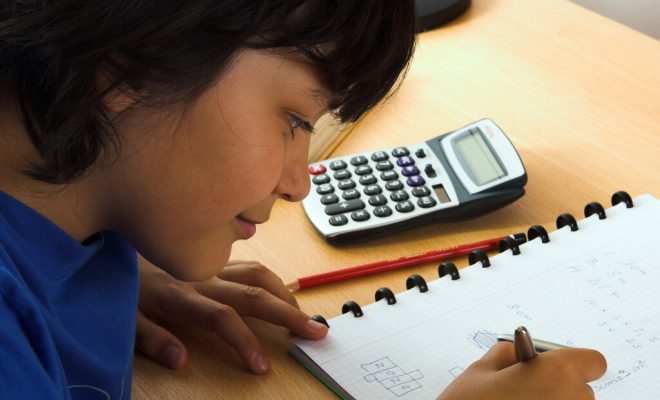19 Creative Ways to Teach Area and Perimeter

Teaching area and perimeter can be a challenging task, but with a little creativity, it can also be a lot of fun! Here are 19 creative ways to engage your students and help them understand these important mathematical concepts:
1. Visualize real-world examples: Take your students outside and have them measure the area and perimeter of objects in the playground or park. This hands-on approach will make the concepts more tangible.
2. Use technology: Introduce interactive apps or online tools that allow students to manipulate shapes and calculate their area and perimeter. This will make learning more engaging and interactive.
3. Create a math museum: Have students create their own math museum by designing and building models of famous landmarks or structures, and then calculating their area and perimeter.
4. Art integration: Combine art with math by having students create unique geometric artworks. Ask them to measure the area and perimeter of their artwork and explain how they incorporated mathematical concepts.
5. Lego challenges: Provide students with Lego blocks and ask them to build various shapes. Then, have them calculate the area and perimeter of each shape they create.
6. Collaborative projects: Divide the class into small groups and assign them different real-world scenarios. Each group should create a model and calculate the area and perimeter based on their assigned scenario.
7. Design a dream home: Ask students to design their dream home on paper or using online design tools. They should calculate the area and perimeter of each room and justify their design choices.
8. Outdoor chalkboard: Create a large outdoor chalkboard where students can draw and measure shapes. This allows for hands-on exploration and reinforcement of area and perimeter concepts.
9. Shape scavenger hunt: Provide students with a list of shapes and ask them to find real-life examples of each shape in the classroom or school. Then, have them calculate the area and perimeter of each shape they find.
10. Create a mini-golf course: Design a mini-golf course in the classroom or on the playground, where students can measure the area and perimeter of each hole.
11. Puzzle mania: Provide students with various puzzle pieces and ask them to arrange them to form different shapes. Then, they can calculate the area and perimeter of each shape they create.
12. Virtual field trips: Take your students on virtual field trips to famous landmarks or natural wonders. Have them research and calculate the area and perimeter of these structures.
13. Sports statistics: Incorporate sports into your lesson by having students analyze the dimensions and measurements of sports fields or courts. They can calculate the area and perimeter based on these dimensions.
14. Cooking measurements: Teach area and perimeter through cooking and baking. Have students measure ingredients and calculate the area and perimeter of different cooking utensils or containers.
15. Create a city map: Ask students to design a city map on grid paper, where they can calculate the area and perimeter of different buildings and landmarks.
16. Tangram challenges: Use tangram puzzles to engage students in hands-on problem-solving. They can measure the area and perimeter of each shape they create using tangram pieces.
17. Interactive whiteboard activities: Utilize interactive whiteboard activities to visually demonstrate and explore area and perimeter concepts. Students can actively participate and solve various problems.
18. Design a garden plot: Have students design their own garden using grid paper, where they calculate the area and perimeter of different flower beds, paths, and features.
19. Math Olympics: Organize a math Olympics event where students compete in area and perimeter challenges. This friendly competition will motivate and reinforce their learning.
By incorporating these creative teaching strategies, you can make area and perimeter exciting and meaningful for your students. Remember to adapt the activities to suit your students’ age and abilities, and have fun exploring the world of mathematics together!



